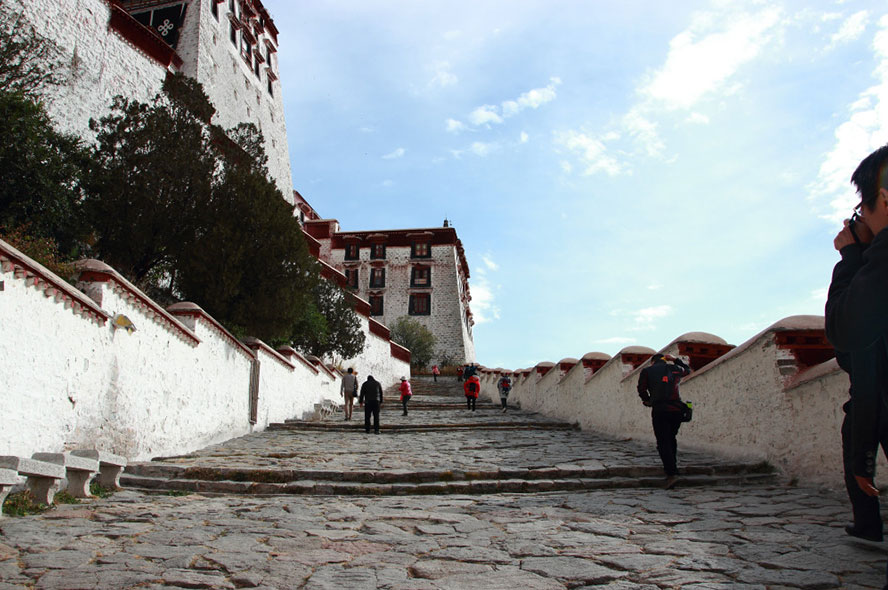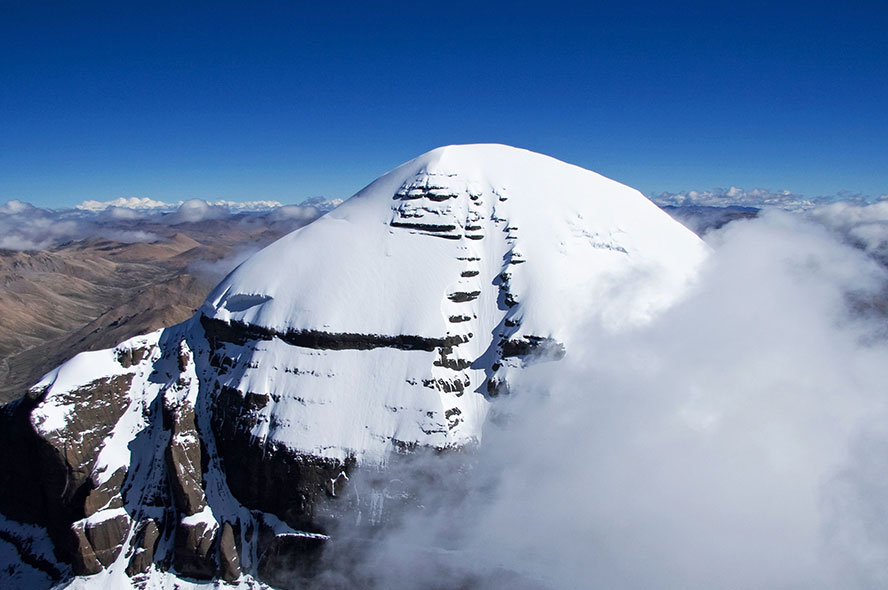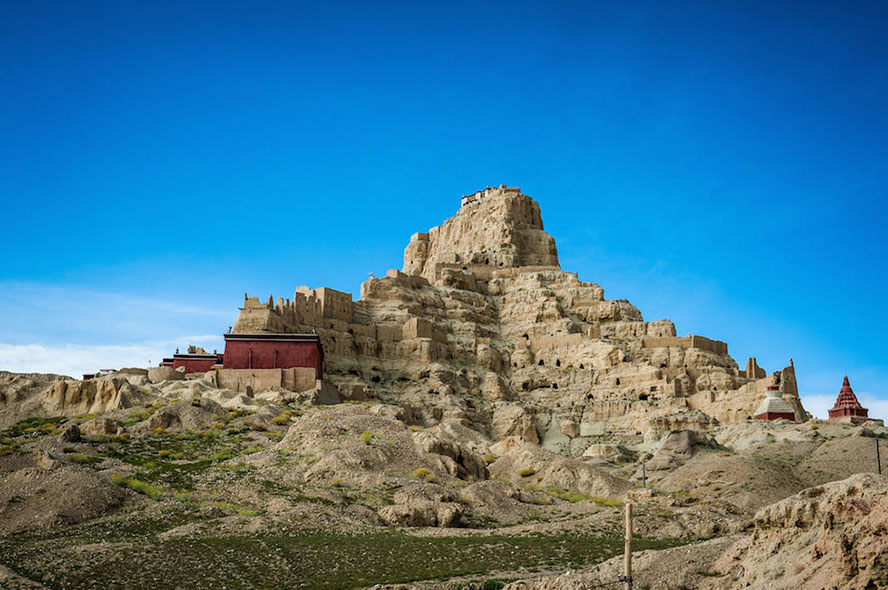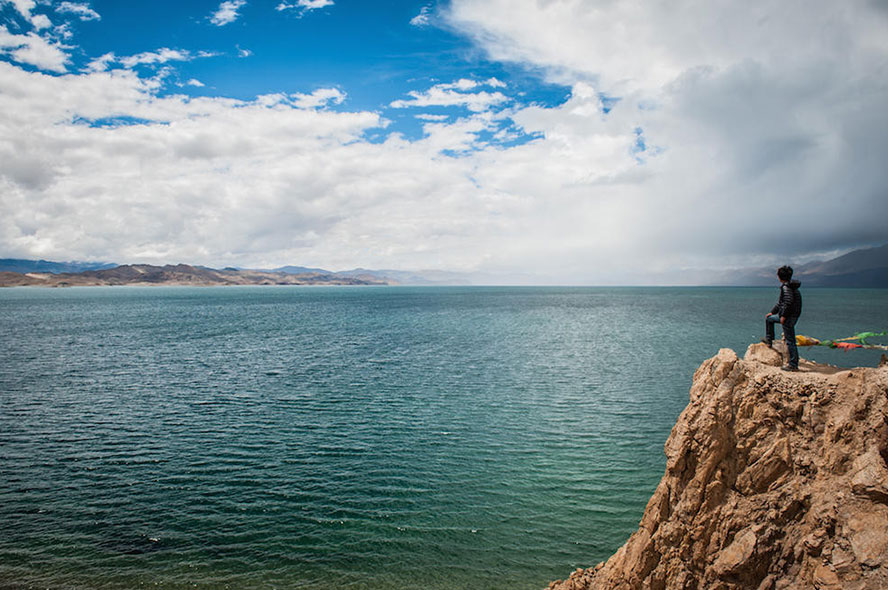The high altitude is one of the major reasons that stop people from travelling to Tibet and having a look at its beautiful scenery. According to our experience and study, altitude sickness is not to be feared, and not all the people to Tibet will definitely develop altitude sickness. What’s more, even if you get altitude sickness in Tibet, the symptom is usually mild and short-term, and it won’t have influence on the journey at all. This article will give you the answer to the question of “who will be more easily at risk for altitude sickness”.
The relation between altitude sickness and vital capacity
It has been mentioned by many articles that people with large vital capacity are more likely to develop altitude sickness when they go to plateau regions. Therefore, people such as athletes and singers are believed to have a higher risk for altitude sickness.
In fact, the above ideas are not absolutely right, as there is little scientific evidence to substantiate them.
Although people who exercise often have huge demand of oxygen, chances of getting altitude sickness won’t be larger as long as they don’t do sports after they get to Tibet. It is not what you have done before you get into Tibet but the activities that you do after getting to Tibet that has something to do with altitude sickness.
Therefore, you should try to avoid doing strenuous exercise and slow down your pace when you are in Tibet, otherwise you will get altitude sickness more easily.
The relation between age and altitude sickness
Theoretically speaking, as long as you are in good health and don’t have lung or heart disease and high blood pressure, you can go to Tibet no matter how old you are. Pregnant women should ask their doctor before traveling to Tibet or other high-altitude places.
We have served people at all ages, from 3-year old children (accompanied by their parents) to old people with grey hair. Therefore, age has nothing to do with altitude sickness. However, we still don’t suggest children live at lower elevations go to Tibet until they are 8 years old. Cardiopulmonary function of children below 8 years old is still developing, so they should stay in a conformable environment until their cardiopulmonary function is mature.
The relation between weight and altitude sickness
You must have heard that people who are taller or fatter are more easily to get altitude sickness, because they consume more oxygen than others. However, such judgement is not absolutely right, either.
There is no actual connection between height and altitude sickness. As long as you slow down your pace, take more rest and drink more water, you can soon adapt to the plateau climate and the symptoms can get relieved quickly.
Fat people without breathing illness like asthma can go to Tibet at any time they want.
The relation between the transportation way to Tibet and altitude sickness
It is generally believed that taking trains to Tibet is the best, because the trains to Tibet are all equipped with facilities that can diffuse oxygen, and people can adapt to the altitude changes gradually. In this way, they will have enough time to adapt to the lower air pressure and lower oxygen level in the air. But as a matter of fact, because of the long duration, closed environment and dense population on the train, most people usually don’t get a good rest during the train journey, which will have a bad influence on the process of adapting to the plateau environment.
You will experience an abrupt altitude change when you go to Tibet by flights, which will increase the chances of getting altitude sickness. But on the other hand, you will have more time to adjust to the environment in Lhasa if you go to Tibet by flights. The symptoms of altitude sickness won’t appear immediately right after you get off the plane, because the oxygen in the blood and cells hasn’t be consumed greatly. But when it comes to evenings, you will feel obvious symptoms of altitude sickness. This is a normal phenomenon, so you don’t need to be too panic at this time. The symptoms will disappear soon as long as you take sufficient rest.
People with what kinds of disease cannot go to high-altitude locations?
Those who have severe anemia, high blood pressure and cardio-cerebrovascular diseases are unfit to travel to plateau regions.
If you have caught a bad cold before the journey, we suggest that you don’t start your journey until you get better. You physical function will be impaired and your immune system will be weakened by the cold, so you will be more likely to get other serious diseases such as pulmonary edema if you go to Tibet with a bad cold.
There won’t be any problem if you catch a cold after you arrive at Tibet. Your body has basically adapted to the lower air pressure and lower oxygen level in Tibet, so what you need to do is to get prompt treatment at this time. You had better carry some medicine along the journey, so that you can take the medicine when you don’t feel well. The symptoms will normally disappear in 1-2 days. If possible, it would be better to carry out a cardiopulmonary examination before you get into Tibet.
A good mental attitude is the best weapon against altitude sickness
Keeping a good metal attitude is of great importance to treating altitude sickness. Altitude sickness might be caused by psychological effect. The more scared you are about the altitude sickness, the more likely you will get the sickness. Because children have no idea of what altitude sickness is and there won’t be any psychological effect at all, so believe it or not, it usually takes shorter time for children to get rid of the altitude sickness than adults.
Generally speaking, it takes 1-2 days for those who have great adaptability to get rid of altitude sickness, and for those with poor adaptability, 3-5 days.
To conclude, nearly everyone to high-altitude locations will be at risk for altitude sickness. Age, gender and health condition do not seem to make a difference in risk for altitude sickness. Many people hold such misunderstanding that those who do sports often are more likely to get altitude sickness because of their larger oxygen consumption. Some people think that they need to do more exercise before getting into Tibet, while others believe that they should stop exercising before going to Tibet. The chances of getting altitude sickness is depending on the oxygen-carrying capacity of your red blood cells, but not your general health. Therefore, all of these ideas cannot be supported by scientific evidence.








































 Data in submission...
Data in submission...